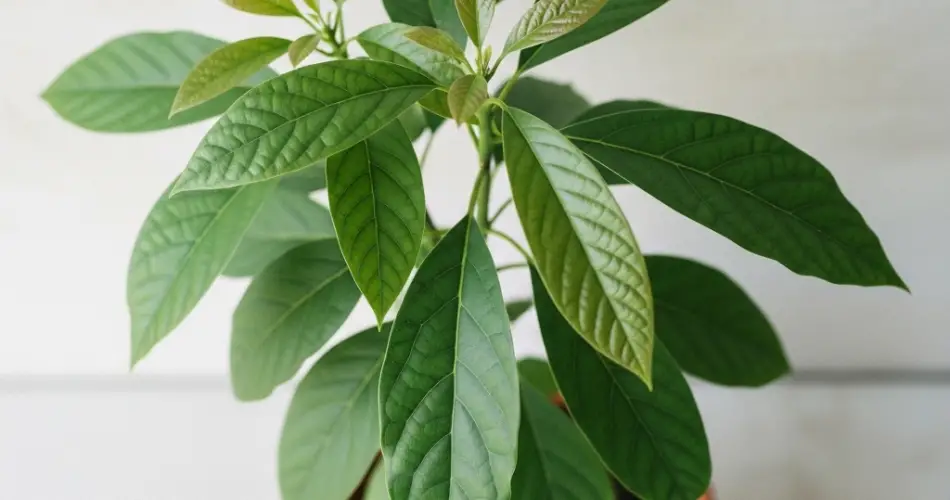Growing your own avocado tree may sound like a tropical dream, but it’s surprisingly possible—no matter your gardening experience. With the right approach and just a little patience, you can nurture a thriving avocado tree right in your backyard. Whether you start from a seed or purchase a young tree from a nursery, the process is simple, rewarding, and—best of all—low maintenance.
This guide walks you through every step, from planting to care, so you can enjoy fresh, homegrown avocados with minimal effort.
Why Grow Avocados at Home?
Avocados are rich in healthy fats, fiber, and essential nutrients. They’re perfect in salads, smoothies, and spreads—and growing them at home gives you complete control over the quality and growing conditions. A backyard avocado tree not only provides fruit but also adds lush, evergreen beauty to your outdoor space.
Plus, avocado trees can live for decades and produce hundreds of fruits annually once mature. It’s an investment that pays off in taste, nutrition, and long-term sustainability.
Step 1: Choose Your Growing Method
There are two ways to grow avocado:
-
From seed (pit): This is a fun and educational method, ideal for beginners or children. However, it takes 5–10 years before the tree may bear fruit—and there’s no guarantee it will.
-
From a nursery-grown tree: This is the best option for hassle-free fruit production. Trees grafted from known fruit-bearing varieties are more reliable and can produce avocados in 3–4 years.
For a low-maintenance approach and better results, starting with a young tree is recommended.
Step 2: Select the Right Variety
Not all avocado trees thrive in every climate. Choose a variety that suits your region:
-
Hass: The most common variety, great for warm climates with mild winters.
-
Bacon or Zutano: More cold-tolerant varieties suited for cooler regions.
-
Fuerte: A flavorful type with creamy flesh, often grown in subtropical areas.
Consult your local nursery to select a variety well-suited for your zone.
Step 3: Plant in the Right Spot
Avocado trees need full sun to thrive—at least 6–8 hours of direct sunlight per day. Choose a spot that’s protected from strong winds and has well-draining soil. Avocados hate “wet feet,” so avoid areas prone to standing water.
Planting tips:
-
Dig a hole twice as wide and the same depth as the root ball.
-
Gently loosen the roots before placing the tree in the hole.
-
Backfill with native soil (avoid adding rich compost directly into the planting hole).
-
Create a slight mound if your soil drains poorly.
Mulch around the base of the tree, keeping it a few inches away from the trunk, to retain moisture and suppress weeds.
Step 4: Water Properly
For the first year, water your avocado tree 2–3 times per week to help establish roots. Once the tree is established, reduce watering to once a week or whenever the top few inches of soil feel dry.
Avoid overwatering, especially in clay soils. Yellowing leaves can be a sign of too much water. A layer of organic mulch helps retain moisture while preventing root rot.
Step 5: Feed Occasionally
Avocados are light feeders, but a little fertilizer goes a long way. Use a balanced fertilizer that includes nitrogen, phosphorus, potassium, and trace minerals like zinc.
Apply fertilizer 3–4 times a year—spring through early fall. Avoid fertilizing in winter when the tree is semi-dormant.
Step 6: Prune Lightly and Support Growth
Avocado trees don’t require heavy pruning. Just remove any dead or damaged branches and shape the tree to keep it manageable.
In the early years, pinching off the tips of new branches helps the tree grow fuller and bushier. Avoid aggressive pruning, which can stress the tree and slow growth.
Stake young trees if needed to help them stay upright until the trunk strengthens.
Step 7: Watch for Pests and Problems
Avocados are generally resilient but can occasionally attract pests like spider mites, aphids, or root rot in wet conditions.
Keep an eye out for:
-
Discolored or dropping leaves
-
White spots or sticky residue (signs of insects)
-
Soft spots or darkened stems (possible root rot)
Treat minor infestations with insecticidal soap or neem oil. Improve drainage or reduce watering if fungal issues arise.
Step 8: Be Patient—and Enjoy the Rewards
Avocado trees take time to bear fruit, especially if grown from seed. Grafted trees can begin producing within 3–4 years, while seed-grown trees may take up to a decade.
When the time comes, avocados don’t ripen on the tree. Once mature, pick a few and let them sit at room temperature. If they soften within 7–10 days, the rest of the crop is ready to harvest.
Final Thoughts
Nurturing an avocado tree in your backyard doesn’t have to be complicated. With the right variety, a sunny spot, and some basic care, you can grow a healthy tree that offers shade, beauty, and eventually, delicious fruit. Whether you’re in it for the long-term harvest or simply the joy of growing something green and vibrant, avocado trees are a great addition to any home garden—with minimal fuss and maximum reward.



